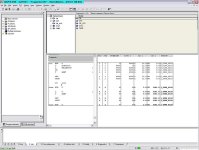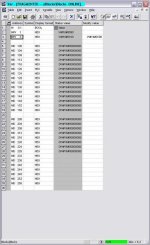According to the online help for OW:
andOW (OR word) combines the contents of ACCU 1-L with ACCU 2-L or a 16 bit-constant bit by bit according to the Boolean logic operation OR
But in order to just try something, I suggest putting a SET after the jump to "done".The instruction is executed without regard to, and without affecting, the RLO









